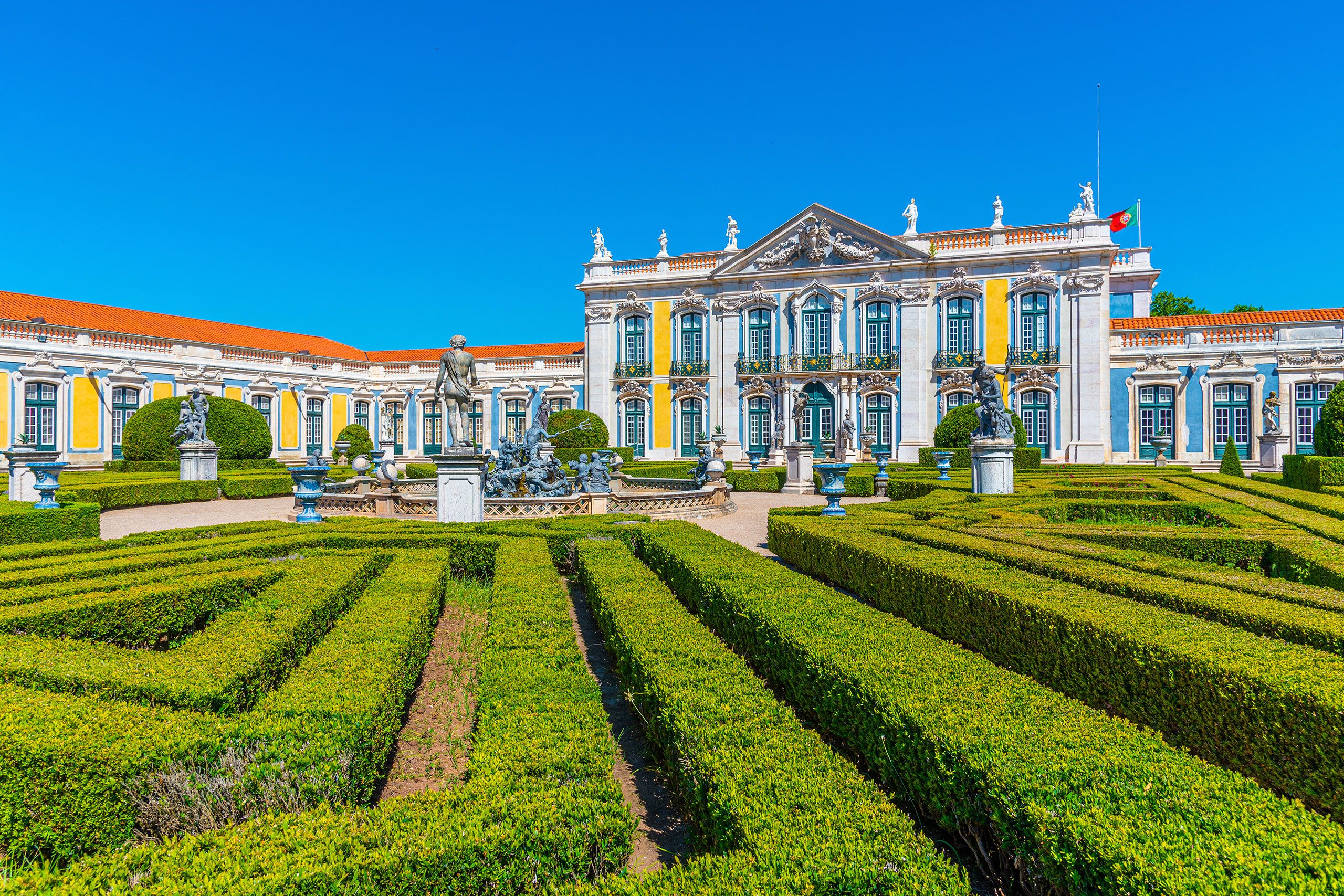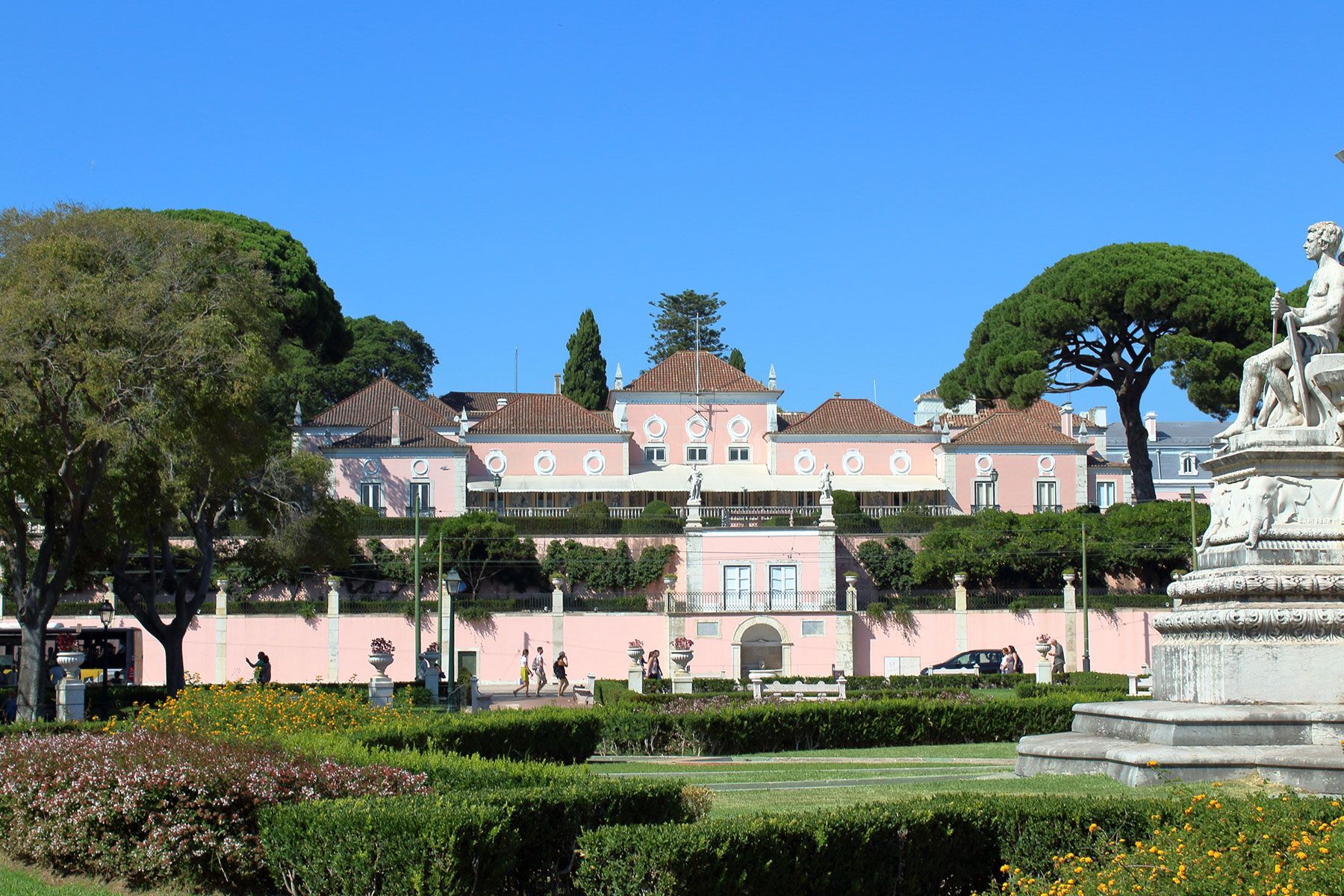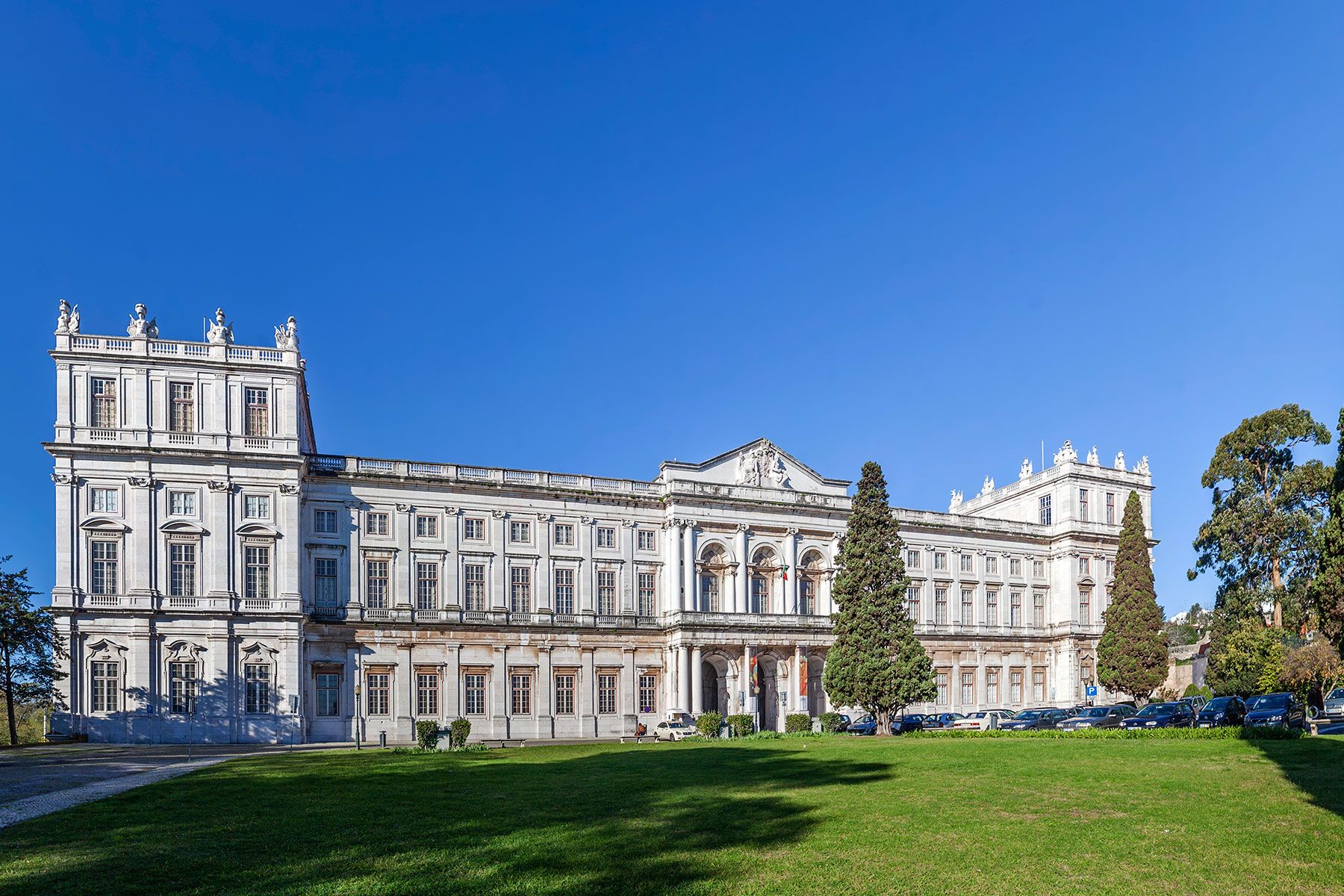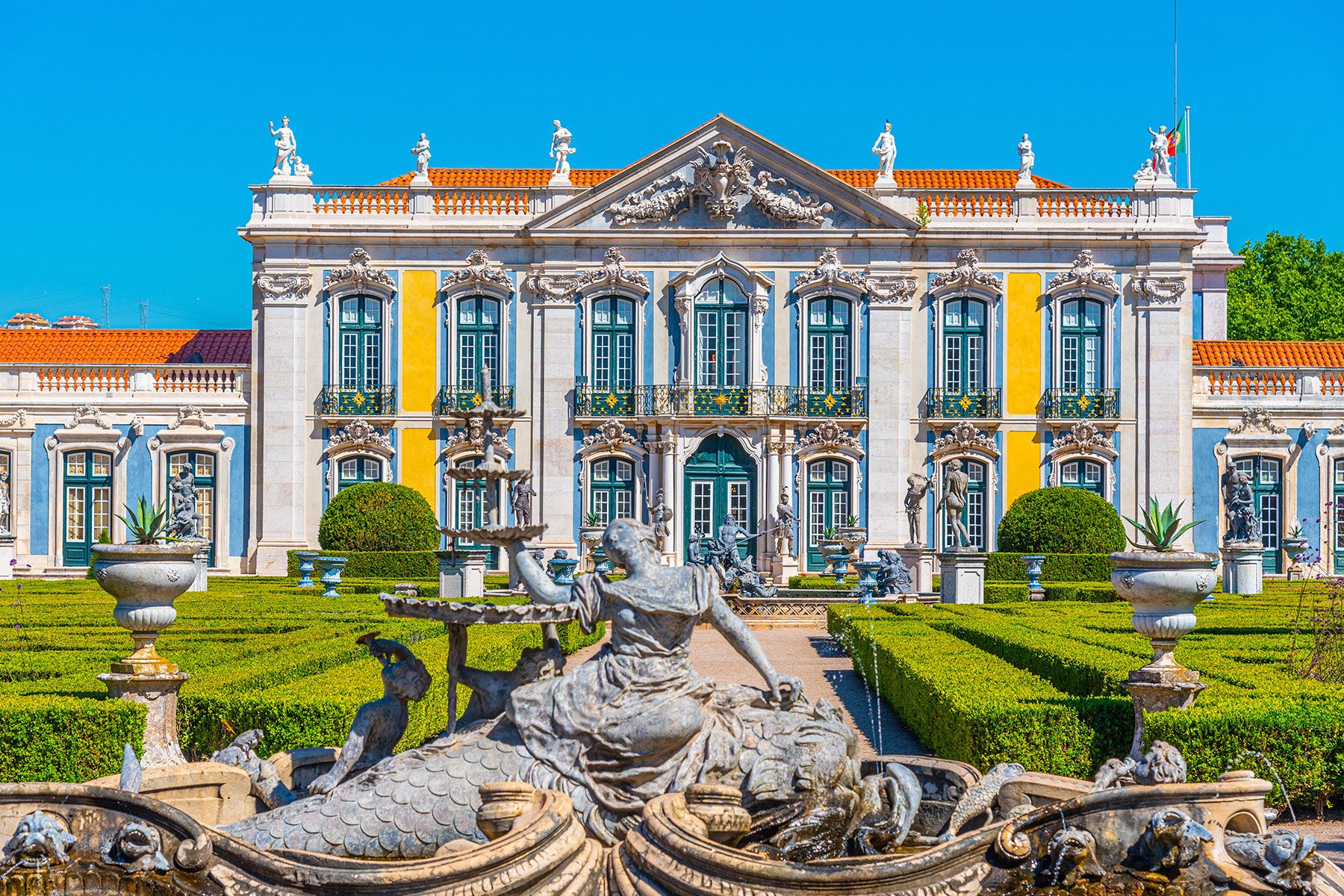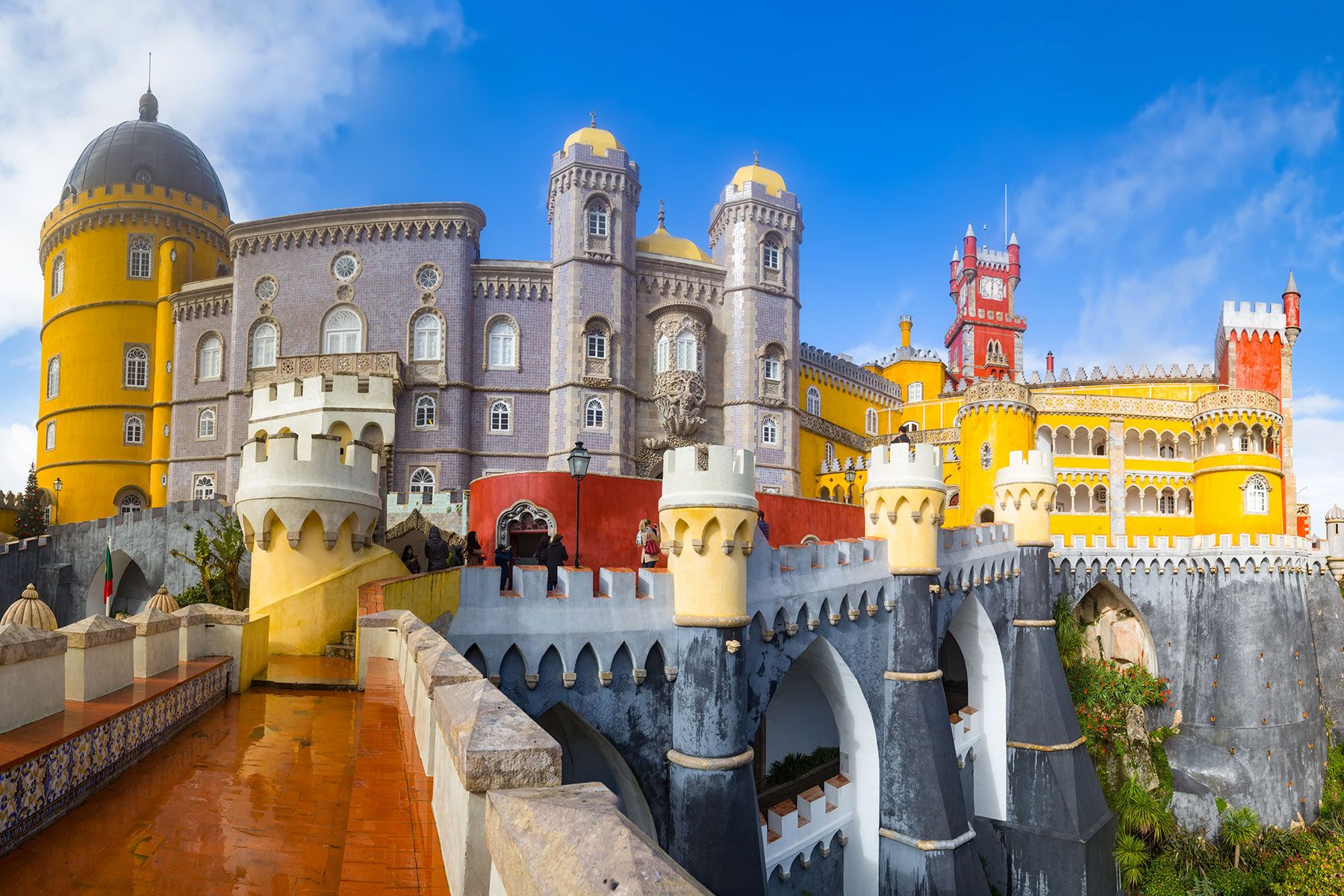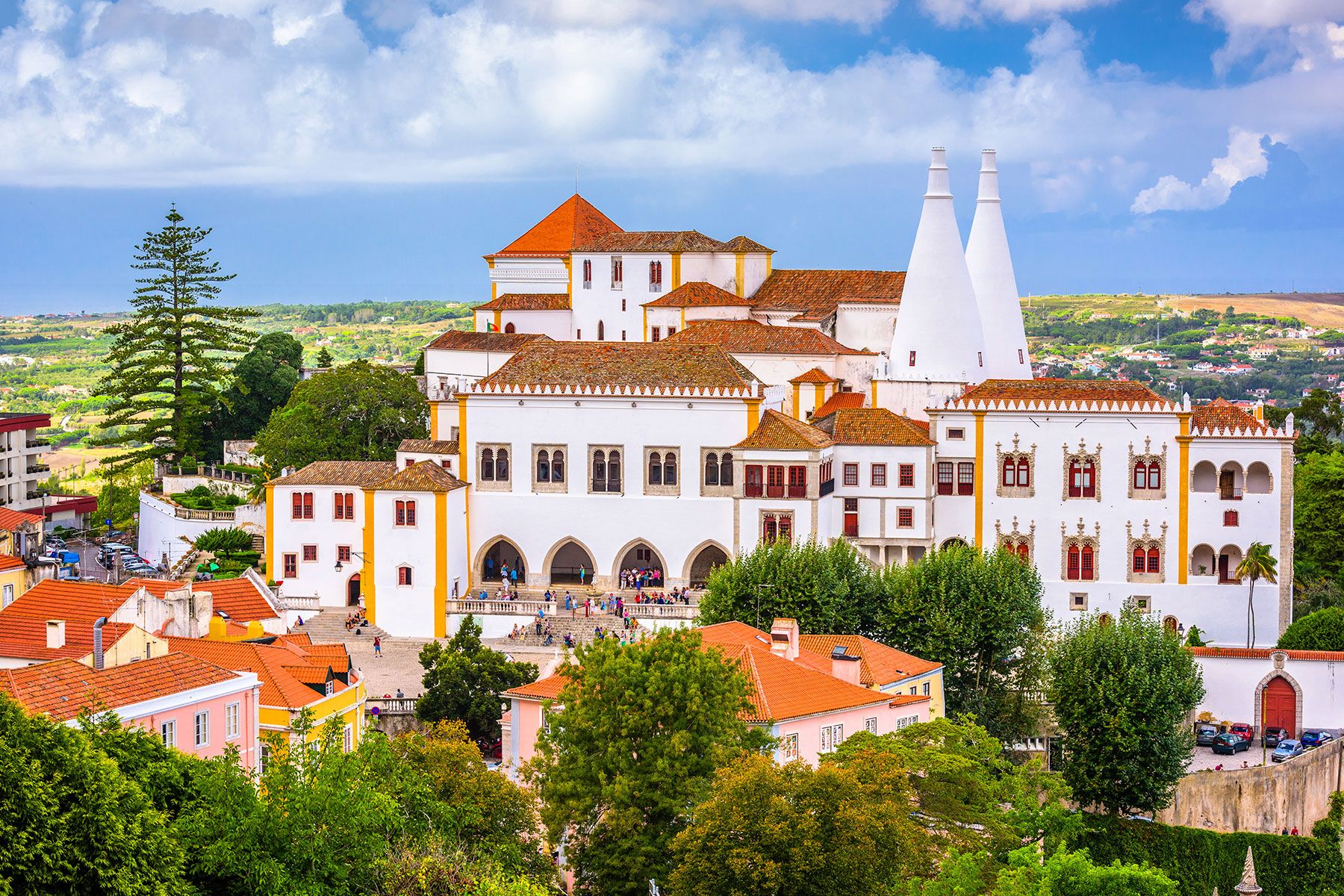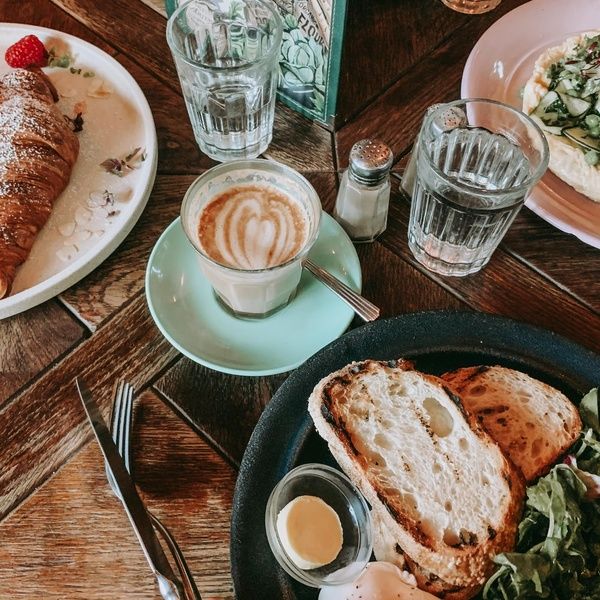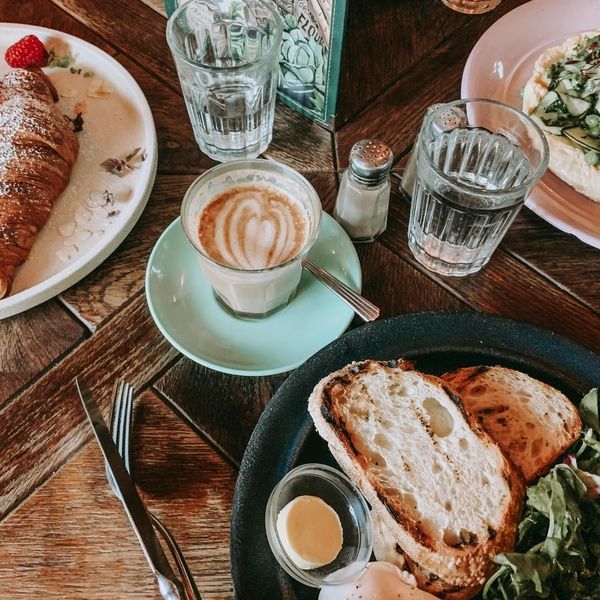Most palaces may not have the magical appearance of Disney stories, but they all have their charm. For almost 800 years, Portugal was the home of many Kings and Queens, Princes and Princesses and the walls of their houses today have many stories to tell. Find out which are the 5 most dazzling palaces in Lisbon and get ready to draw a route for the next weekend.
Palaces of Lisbon: an unforgettable journey through the history of Portugal
The Portuguese capital is one of the destinations most coveted by tourists and, certainly, a favorite of university students. In addition to having a very wide training offer, the city is full of life, animation and culture. If you like history and have already visited some of the best museums in Lisbon, we now invite you to embark on a journey to the city’s palaces.
If you are staying in a student residence in Lisbon, take the opportunity to invite some people to accompany you and enjoy discounts for groups that many palaces offer.
1. Palace of Belém
The Palace of Belém, built in the 16th century, is the official residence and presidential office of Portugal. The palace was once used as a royal summer residence by D. João V and it was there that D. José I and his family survived the 1755 earthquake unscathed. After many years of neglect, it was revived as a royal residence in the late 19th century. (the last official dinner of the Portuguese monarchy was held there in 1910) and became the official presidential residence in 1951. The highlights of the tour of the palace include the lion cages of Queen Maria I in the entrance courtyard, the gilded wooden ceilings, the Sala Dourada, the vivid hand-sewn Portalegre tapestries and the exquisitely kept Great Garden.
2. Ajuda Palace
When a large part of Baixa de Lisboa was destroyed in the 1755 earthquake, the royal family decided to build their new house on the Ajuda hill – a Portuguese parish in the municipality of Lisbon, belonging to the Western Zone of the capital -, which escaped destruction. For this safer location, there were plans for one of the largest palaces in the world, with cascading gardens that went down the hill to the river. But with the French invasion in the 19th century and the end of the monarchy a few decades later, only about a fifth of the original plan was built. However, the Palácio da Ajuda is quite large and charming, and has a real collection of decorative art that you won’t want to miss.
3. Palace of Queluz
Queluz, located between Lisbon and Sintra, has one of the most beautiful monuments in Portugal and one of the last great Rococo palaces in Europe. Inspired by the Palace of Versailles, it is known as the “Royal Palace of Queluz” and “National Palace of Queluz”. It was built in 1747 with luxurious formal gardens and was the official residence of the royal family in the late 18th century. It has several works of art and furniture that decorate the rooms belong to the royal collections and reflect the tastes of the styles of the time, including fine porcelain, Arraiolos rugs and French style furniture. The palace’s kitchen has been transformed into a restaurant where you can take a break for lunch before enjoying the palace’s incredible gardens.
4. Pena Palace
The Pena National Palace – also known as Pena Palace and Castelo da Pena – is located on the outskirts of Lisbon and in one of the most charming towns in the region: Sintra. Representing one of the main expressions of 19th century architectural Romanticism, Romanticism, this palace is a delightful symbiosis of clearly painted porches and beautiful bastions. The interior of this castle is equally intriguing, having been restored to reflect the stylistic theme of 1910, when Portuguese respectability fled to Brazil. The immense forest that surrounds the palace follows the objectives of Romanticism, with hidden paths and luxurious highlights.
5. National Palace of Sintra
The National Palace of Sintra is one of the oldest in the country and was once the residence of Infante D. Henrique, the Navigator. The two gigantic cones that rise from the Palace are chimneys of a kitchen where real banquets were being prepared. The rest of the interior features beautifully painted ceilings and extraordinary tile panels. This medieval palace has been a National Monument since 1910 and is part of the “cultural landscape”, classified by UNESCO as a World Heritage Site in 1995. Take the opportunity to enjoy the Sintra mountains and make one of its fabulous walking routes.
Those who live in the Portuguese capital are hardly bored. Take advantage that you are studying in Lisbon and take breaks to recharge your batteries. 🙂
